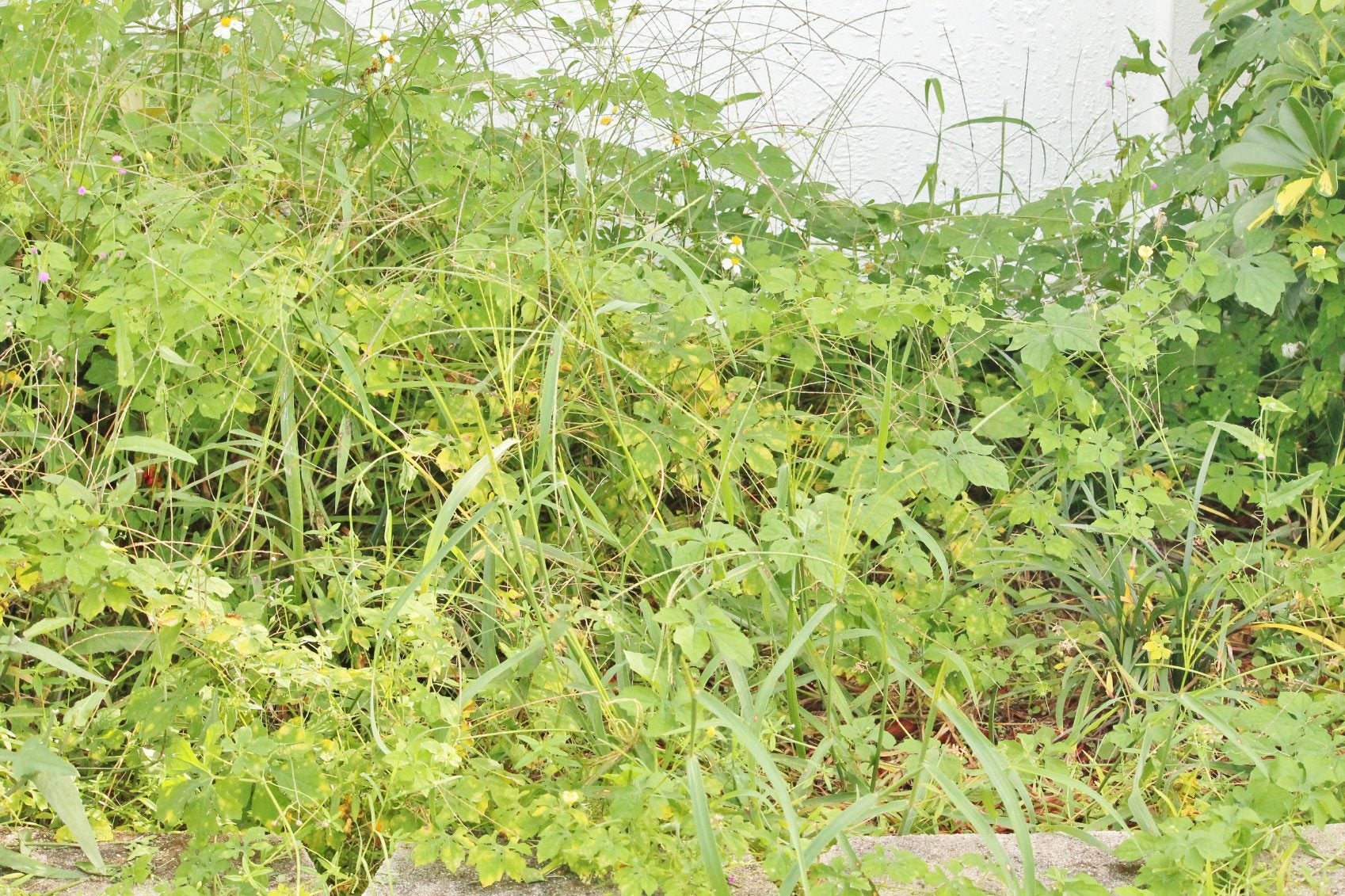Overgrown Landscape Beds: How To Reclaim An Overgrown Garden
Get overgrown plants, multiplying perennials, weeds and blurred garden edges neatly under control with tips for reclaiming overgrown gardens.


Time is a funny thing. We never seem to have enough of it on the one hand, but on the other too much of it can be a bad thing. Time can develop the most beautiful gardens or it can wreak havoc on what was once a carefully planned landscape.
Overgrown plants, multiplying perennials, encroaching weeds, and blurred garden edges create a cacophony that begs to be soothed. Learn methods to reclaim an overgrown garden and bring back your inner peace.
How to Reclaim an Overgrown Garden
Overgrown landscape beds may just need some hard work to repair or they may need a complete facelift. Deciding which depends upon the “bones” of the garden, and how ambitious you are as a gardener.
Recovering an overgrown garden requires hard work and may take many seasons to fully achieve. Some of the tips you should learn include plant identification, dividing perennials, rejuvenation pruning, and controlling weeds.
Plant Identification
The first step is to identify any rogue plants that may have volunteered and any that have underperformed.
Mow the lawn and do any necessary edging to help you see which areas need the most attention. Remove these, digging out all the roots to prevent re-sprouting.
For large plants or dead trees, you may need to enlist the help of an arborist.
Gardening tips, videos, info and more delivered right to your inbox!
Sign up for the Gardening Know How newsletter today and receive a free copy of our e-book "How to Grow Delicious Tomatoes".
Once you have removed plants you don't want, it's time to assess the remainder of the garden.
Overgrown landscape beds are often easiest to look at in spring when all the plants have flushed and plant identification is easier. If the area has many components, it is best to start in one space and work your way out. This will prevent you from feeling overwhelmed.
Dividing Perennials
Many perennials naturalize over time, creating more plants. This is a boon in some cases and a curse in others. Dig out perennials in fall after the foliage has died back and divide any that are too large, as in ornamental grasses, clumping tubers, or corms. Replant the amount you wish to see in the garden. Some plants are just bad sports and should be removed altogether.
Rejuvenation Pruning
Rejuvenation pruning is a drastic method of reclaiming overgrown gardens. The larger species, such as trees and shrubs, may respond with more compact growth and a smaller shape. Not all plants can handle such intense pruning, but those that do will recover and become more manageable. The best time for rejuvenation pruning is in early spring before bud break.
If you are in doubt about a plant's ability to recover, undertake the process over a three-year period. Remove one-third of the plant material over the course of those years. If you have a hardy species, you can take the canes down to 6 to 10 inches (15-25 cm.) from the ground. These include:
Smaller shrubs and bushes can be trimmed back by one-third in early spring to manage size and growth.
Controlling Weeds
Weeds are a common issue in under-managed gardens. There are few substitutes to a good hand weeding but you can also try a couple other methods when recovering overgrown gardens.
- Another non-toxic method is to hoe the plants into the soil and then cover the area with black plastic. This is called solarization and will kill all but the most hardy weeds and seeds within a few weeks.
- In the absence of black plastic, hoe under the plants as soon as they appear and eventually the weeds lose their vigor and die.
- Mulch around the desired plants and over newly exposed soil to prevent re-infesting with weeds.
Over time with pruning, division, and selective plant removal, your garden should be back to its former glory.

Bonnie Grant is a professional landscaper with a Certification in Urban Gardening. She has been gardening and writing for 15 years. A former professional chef, she has a passion for edible landscaping.